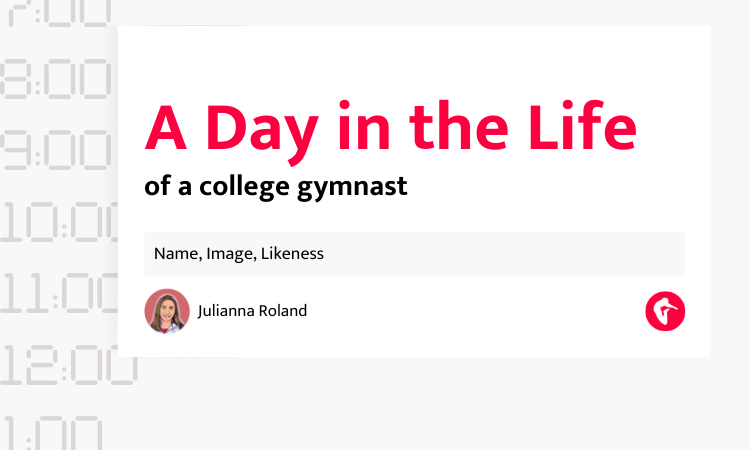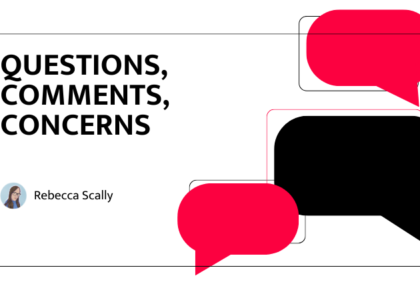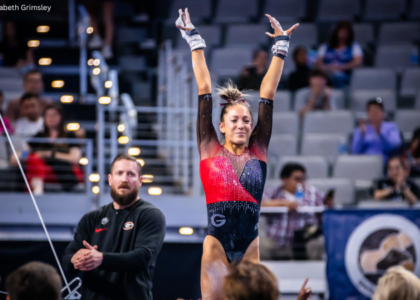Welcome back! This is the second part of a ‘two-parter’ on the unique opportunities student-athletes have outside the world of academics and athletics. Last time, I talked about community service, and this time I’m diving into the professional opportunities student-athletes have the chance to explore.
Since 2020, collegiate athletes have been able to get a glimpse into the professional, working atmosphere with NIL deals. Simply put, NIL deals are created on the athlete’s name, image, and likeness. (To read all about the inner-workings of NIL, click here.)
In the past three years, many athletes have used their platform to create brand deals, work with organizations they are passionate about, or use this as an opportunity to set themselves up for their future careers. While there have been many individuals and teams who have taken advantage of what NIL has to offer, the team that has arguably set itself apart from the rest is LSU.
“[When NIL first came out,] I was mixed,” LSU head coach Jay Clark said. “I was concerned it might cause competitive problems within the team and we might have division. But our team never experienced that. At the same time, I was glad; [gymnastics doesn’t] have that next level where you can get paid, so it’s great they can take advantage of all the work they’ve put in and be able to monetize that.”
Clark is exactly right. NIL gives NCAA athletes an opportunity, especially those in sports with no next pro step like gymnastics, to take advantage of the status they have now after putting in so many years of work.
One of the major benefits I see to NIL is that, technically, everyone is on the same playing field. While other athletes may have more of a following or presence outside of gymnastics, NIL is not exclusive to DI or a specific conference (as a former DII gymnast, I appreciate this greatly). Every team member has the ability to profit, if this is something they choose to do.
“I don’t have anyone on the team who hasn’t benefited from it in some way,” Clark said. He also speaks to the wide range of NIL deals that have been secured by the gymnasts on his team, whether it be athletes doing brand deals with local businesses in exchange for exposure on social media or the status of Olivia Dunne, who has become one of the highest paid NCAA athletes over the past three years.
Student-athletes already have a lot on their plates, so adding in this extra responsibility at any capacity has shown to have both positive and negative effects. Clark speaks to what having NIL has taught his team in a professional aspect: “They have had to learn about income taxes, money management, how to conduct themselves… With NIL they’ve also approached their social media platforms with a higher sense of maturity…and they’re learning to be conscious and aware of the image they are portraying.” In this regard, NIL allows athletes to grow and learn skills they might not have without these opportunities.
On the flip side, while athletes might be learning how to present themselves in a more professional manner in life and on social media, this also comes with risk. “There’s a new level of concern for student-athletes as a whole,” Clark expresses. “Social media and NIL colliding is the perfect storm of exposure. We now have a paid position for security on our staff, and we have security detail when we travel. [With NIL] there’s an increased awareness of your surroundings because you are putting yourself out there at an unprecedented level.”
Even though there has been substantial change within the past three years of how NIL is approached, there is still work to be done. Clark explains how LSU has already created a handful of resources for student-athletes to utilize while they navigate this part of their career. LSU hosts seminars with representatives from social media platforms like TikTok and Instagram that teach athletes how to maximize their presence online and use the apps’ algorithms to be more successful.
LSU also has a program called NILSU, which provides student-athletes with the resources and support they need to have success with NIL. When asked if there were any changes he would make to NIL to make the entire process easier to navigate for student-athletes, Clark calls on the responsibility of the schools and says that every university should invest in these resources, not just for the benefit of the student-athletes but for the benefit of the school as well.
NIL has given collegiate athletes an incredible experience to grow in a professional atmosphere, but specifically to gymnastics, it’s allowed the sport to reach audiences it may not have otherwise with increased exposure on new platforms.
“[Dunne] has turned people who might have never looked at gymnastics, say ‘Hey, I want to watch this meet because I want to see Olivia,’ but then, they actually watch and become a fan of the sport.” This increase in exposure from athletes like Dunne, as well as so many others who have extended their influence outside of the NCAA gym world because of NIL, have helped spread the sport to so many new audiences who realize that what these gymnasts do is actually so cool.
There is a lot of room for NIL to grow and a lot for athletes to continue to learn, but like Clark shares, NIL has given student-athletes a way to promote what they are passionate about and grow in a professional manner, and has also given gymnastics long overdue exposure.
READ THIS NEXT: A Day in the Life of a College Gymnast: Community Service
Article by Julianna Roland





One comment